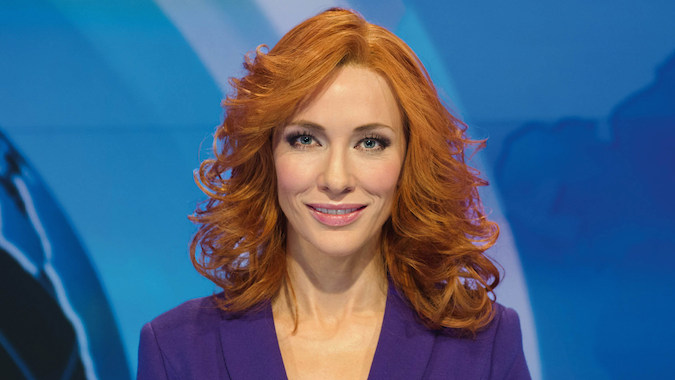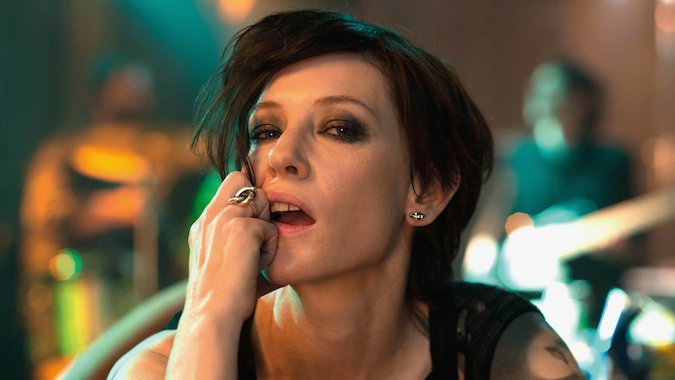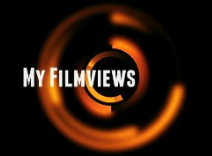
“All art is fake” is one of the first texts your read while watching Manifesto. Of course, this applies entirely to film, in which people pretend to be in certain situations. Nonetheless, there is an unwritten contract with the viewer in which he deliberately lets himself be deceived during the running time and plays along in pretending it is reality. Art can be something different for everyone. One person absolutely hates it, others can lose themselves in it and for those who make it, the meaning and goals are different. For decades artists try to stand out, rebel against the established order, bring something new for which they sometimes write a manifesto. Artist / director Julian Rosefeld worked with Cate Blanchett to to bring the words of various manifestos to life in various contemporary settings. Texts by, among others, Karl Marx, Filippo Tommaso Marinetti, Jim Jarmusch, Werner Herzog and Lars von Trier.

In each scene Cate Blanchett portrays a different character. The thirteen different characters she plays are all unique. Whether it’s a homeless man, a housemother, teacher choreographer or American newsreader, she knows how to convince and almost makes you forget how difficult it is do that. The texts she utters do not seem to fit the setting, which sometimes makes them humorous (like at a funeral), but that’s why they stand out and sometimes make you think. With manifestos from both the nineteenth and twentieth century, it is striking that certain themes return. What art should be, does art exist, is art the truth? All questions that can result in discussion.
Manifesto is not a film that will appeal to a wide audience, it is too unconventional for that. But as a film fan, I was very impressed by this title shot in just 12 days. The locations and images are beautiful and it is a pleasure to see how Blanchett keeps transforming into different characters while presenting powerful texts in a unique way. Not a film you watch, but experience.


![]()
